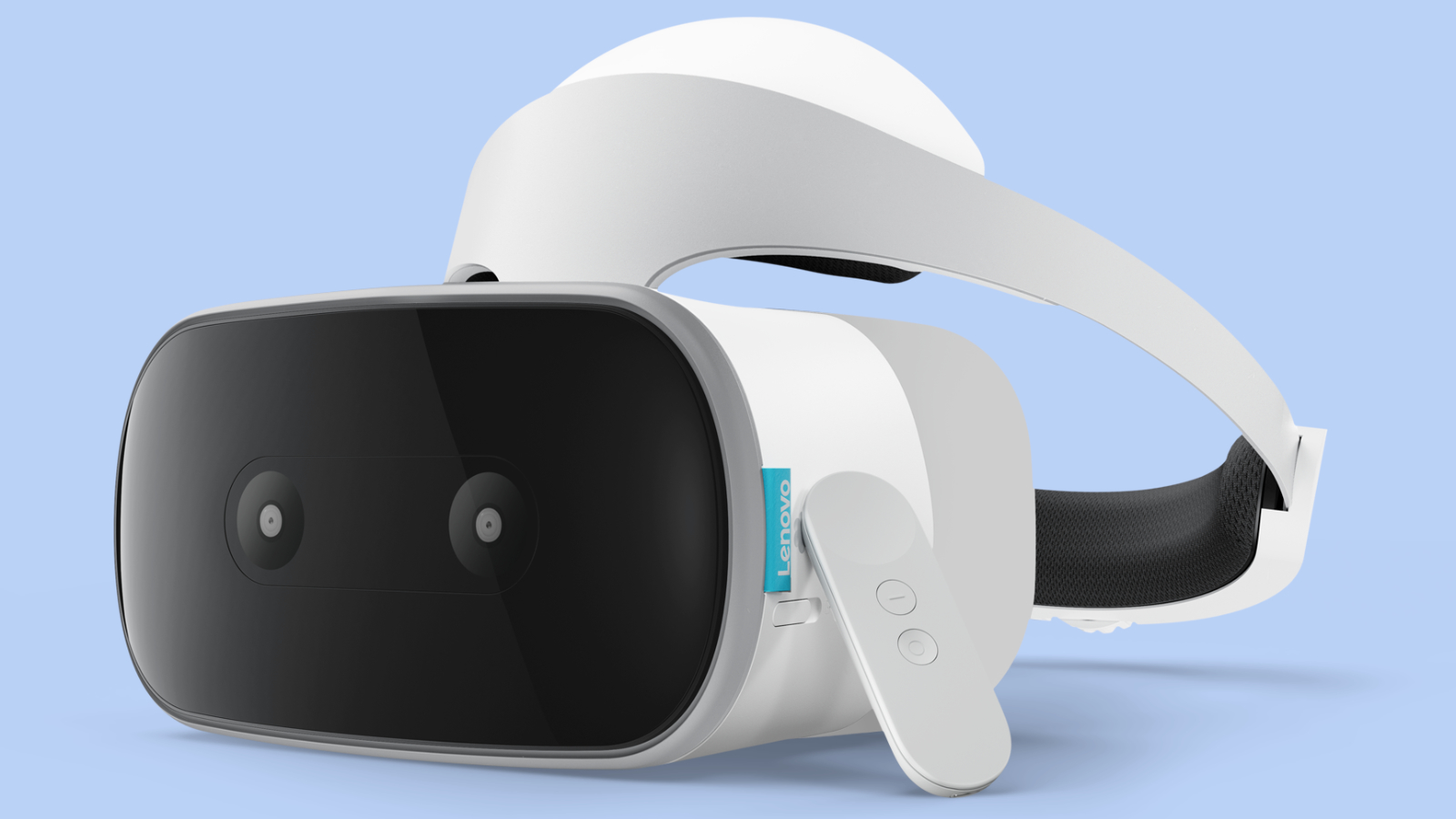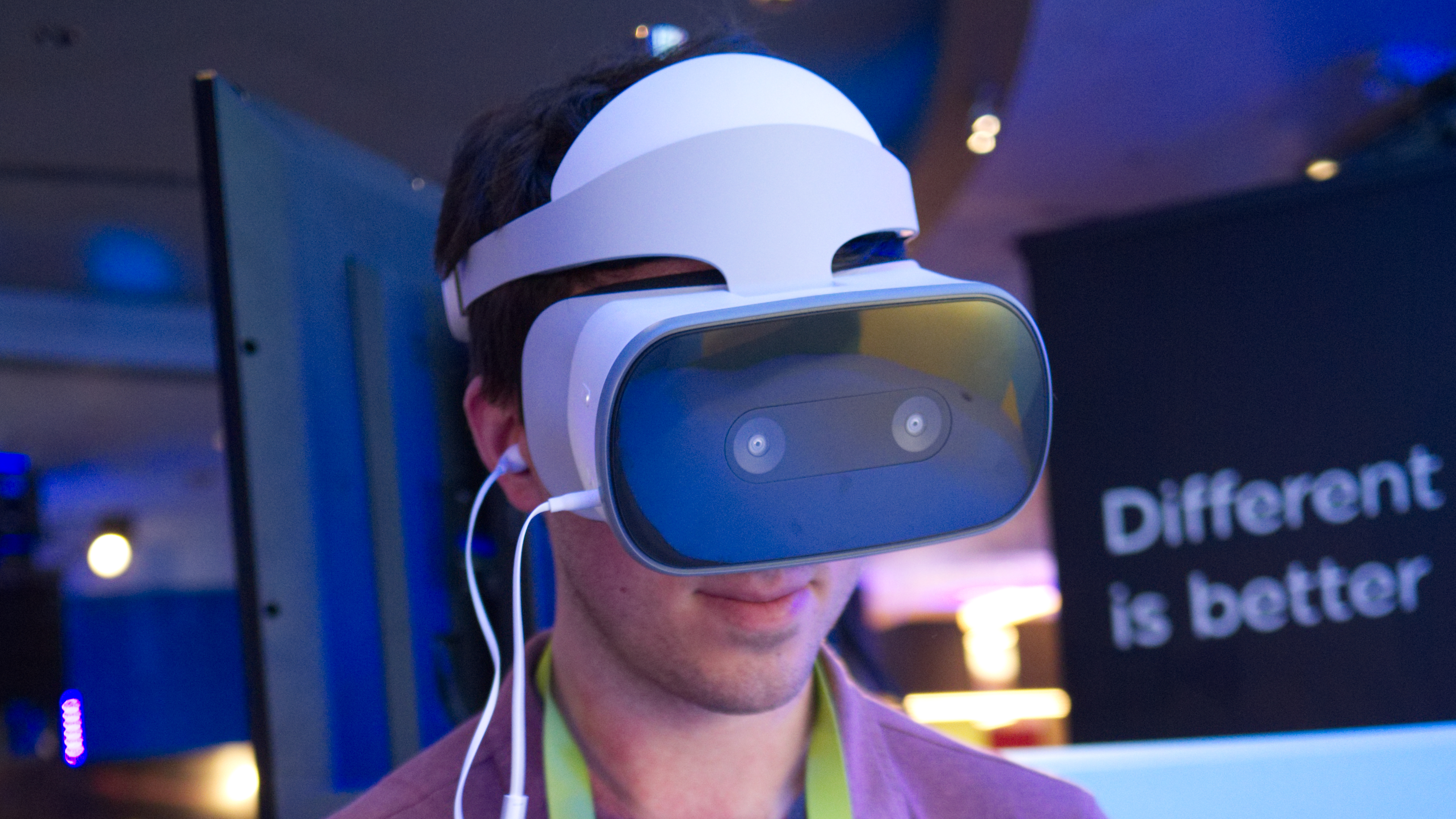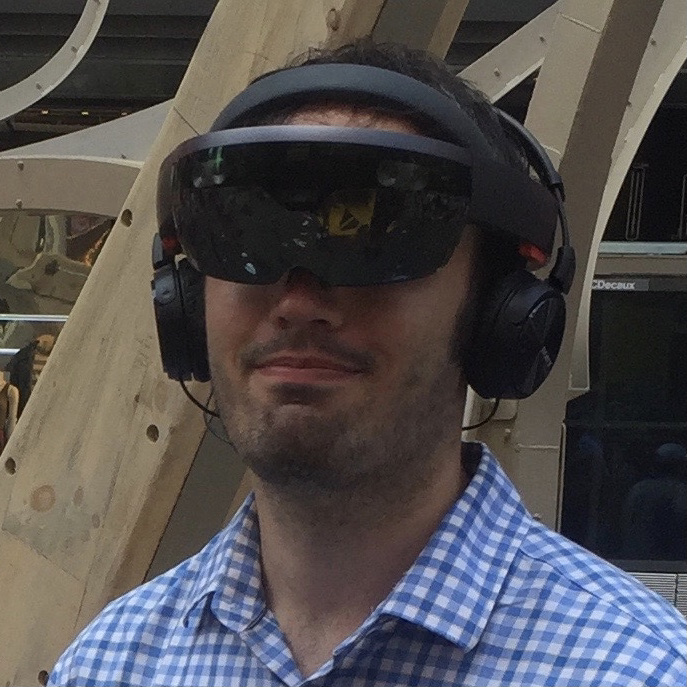Lenovo Mirage Solo VR headset listing: everything we know!
Right after Google IO 2018

Lenovo’s standalone Google Daydream virtual reality (VR) headset, first revealed at CES 2018, was scheduled to release in “mid-2018” for “under $400”. Now, an unexpected product listing page may have revealed the true release date and price.
As first discovered by Ubergizmo, electronics retailer B&H has put up a pre-order page for the Lenovo Mirage Solo VR headset, with an expected availability of May 11.
That’s one day after the conclusion of Google IO 2018, the conference where Google dives into its biggest upcoming releases, including Android P. Google and Lenovo may have been hoping to surprise conference-goers with the news that the Mirage Solo would ship out that week.
B&H also lists a price for the Mirage Solo: $399 (about £300 / AU$500). So, technically “under $400”, but just barely. By comparison, the Google Daydream View (2017) costs $99 (£99, AU$149), while its standalone competitor, the Oculus Go, will sell for $199 (about £150, AU$255) when it releases this year.
Amazon, meanwhile, has a page for the Lenovo Mirage Solo, but the headset is listed as 'Currently Unavailable.' We’ve contacted Lenovo for confirmation on the Mirage Solo's price and release date and will update this piece once we know more.
Putting a price on quality
Mirage Solo VR sits in its own unique, if awkward category: pricier but more convenient than smartphone-wielding, low-quality headsets and around the same price as more powerful headsets like PlaySation VR and Oculus Rift that require a high-powered computer connection. It's also double the price of its major portable competitor – Oculus Go – but with more impressive specs.
For that $399 price tag, you’ll get a Snapdragon 835 processor, Qualcomm’s powerful engine for making always-connected PCs. By comparison, the Oculus Go gets Snapdragon 821, which should help it perform better than phones like the Galaxy S7 but not as well as newer models.
Get daily insight, inspiration and deals in your inbox
Sign up for breaking news, reviews, opinion, top tech deals, and more.

The Lenovo headset also comes with a 5.5-inch 2,560 x 1,440 LCD display, 4GB of RAM, and 64GB of storage (Oculus Go may ship with 32GB).
During our hands-on time with the headset at CES, we were impressed with the Solo's comfortable, adjustable design, as well as with WorldSense, Lenovo's portable sensor technology that tracks your position and eye movements as if you had an HTC Vive-like sensors around your room.
And we were intrigued by its two-camera setup for potentially enabling AR experiences, something Oculus Go’s design doesn’t allow for.
Will consumers accept the Mirage Solo’s prestige pricing for a non-PC-connected headset, or turn to Oculus Go’s lower processing power in exchange for a better bargain? We’re curious to find out.
Oculus Go is scheduled for an "early 2018" release but is still nowhere in sight; it could be that these two rivals could release around the same time.
- Find great cheap Oculus Rift deals!
Michael Hicks began his freelance writing career with TechRadar in 2016, covering emerging tech like VR and self-driving cars. Nowadays, he works as a staff editor for Android Central, but still writes occasional TR reviews, how-tos and explainers on phones, tablets, smart home devices, and other tech.
